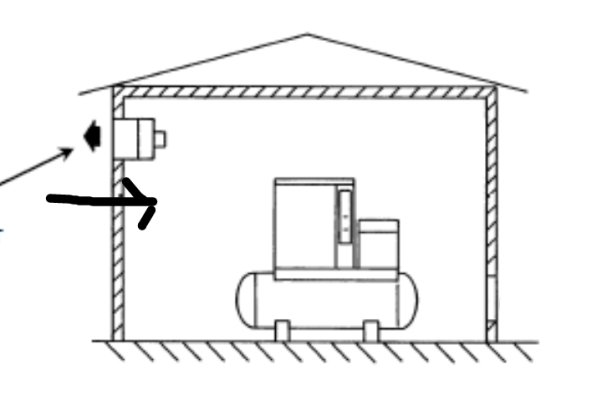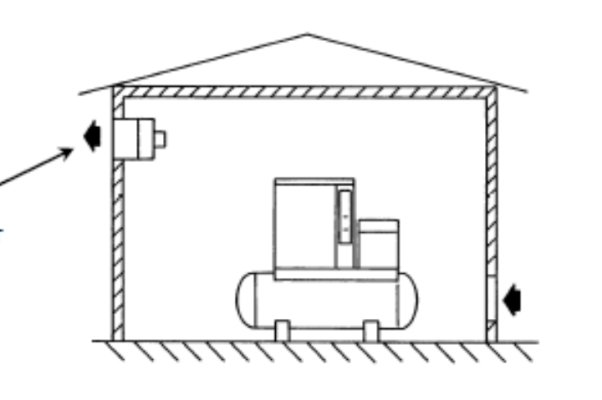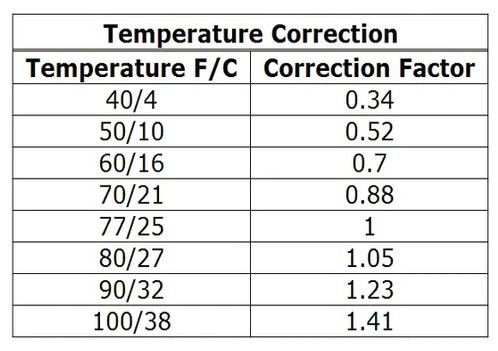Mambo42
Guru
- Joined
- Oct 26, 2021
- Messages
- 686
- Vessel Name
- Endless Summer
- Vessel Make
- 1979 Defever 49
Last November I bought my Defever 49 and obviously the OAT at that time was pretty low, so engine room temperatures were quite ok.
My boat is lying in Greece and summer temperatures can get quite high there. 100 - 115 degrees in August is pretty normal.
In May I spent about 1 month on the boat, mostly familiarizing and doing maintenance, but already then I noticed the engine room temperatures to be quite high.
There are 2 Ford Lehman 120's, plus a 6 Kva generator in the engine room, all of them generating heat.
The engine room does have 2 blowers, but for some reason they switch themselves off after a couple of minutes. No idea if this is normal or why it happens. Have not had the time yet to get to that project.
The engines get their air via inlets on the side of the boat, so no worry about that. But I have no idea where the engine room itself gets any fresh air from, haven't found an inlet yet.
With the temperatures in the engine room already high in May and expecting much higher temperatures in August, I could be looking at temperatures of 160 - 175 degrees inside the engine room while underway.
In the boats I had before this one I never reached temperatures like that, so first question is then: 'is this normal ?'
The second question then relates to the batteries. As far as I know batteries should not be kept in places where temperatures can get higher than 80 - 90 degrees. Yet, the batteries are in the place that is apparently designed for them. In other words, this is where they have been all the time. Can I keep the batteries here or should I move them ?
And last question, is there anything I can do to keep that temperature under control ? Does anyone have experience with engine room temperatures in very hot climates ?
Would appreciate your insights on this one.
My boat is lying in Greece and summer temperatures can get quite high there. 100 - 115 degrees in August is pretty normal.
In May I spent about 1 month on the boat, mostly familiarizing and doing maintenance, but already then I noticed the engine room temperatures to be quite high.
There are 2 Ford Lehman 120's, plus a 6 Kva generator in the engine room, all of them generating heat.
The engine room does have 2 blowers, but for some reason they switch themselves off after a couple of minutes. No idea if this is normal or why it happens. Have not had the time yet to get to that project.
The engines get their air via inlets on the side of the boat, so no worry about that. But I have no idea where the engine room itself gets any fresh air from, haven't found an inlet yet.
With the temperatures in the engine room already high in May and expecting much higher temperatures in August, I could be looking at temperatures of 160 - 175 degrees inside the engine room while underway.
In the boats I had before this one I never reached temperatures like that, so first question is then: 'is this normal ?'
The second question then relates to the batteries. As far as I know batteries should not be kept in places where temperatures can get higher than 80 - 90 degrees. Yet, the batteries are in the place that is apparently designed for them. In other words, this is where they have been all the time. Can I keep the batteries here or should I move them ?
And last question, is there anything I can do to keep that temperature under control ? Does anyone have experience with engine room temperatures in very hot climates ?
Would appreciate your insights on this one.



